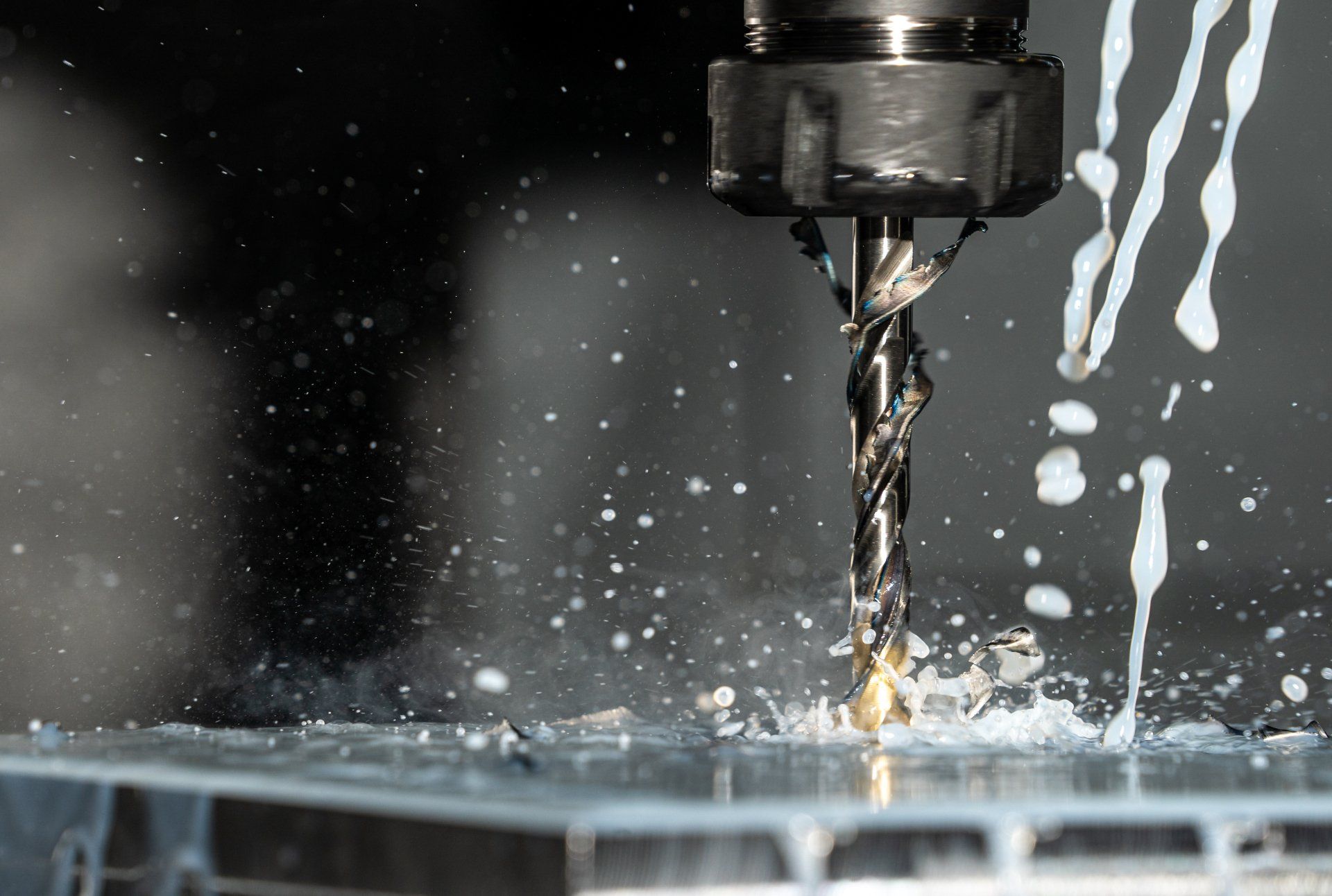Seven Ways AI/ML Can Transform the Quoting Process for Manufacturing Businesses
Unlocking Efficiency and Accuracy: Harnessing AI and Machine Learning for Advanced Quoting in the Manufacturing Industry

In recent years, artificial intelligence (AI) and machine learning (ML) have significantly impacted numerous industries, manufacturing being no exception. For businesses such as tool and die shops, precision machining, and related sectors, these advanced technologies can vastly improve the quoting process. Here are seven ways AI/ML can revolutionize this crucial business operation:
- Predictive Costing: Predictive costing is an AI technique that utilizes historical data and ML algorithms to forecast the cost of manufacturing a product. It can account for various factors, including material costs, labor rates, machine time, and overheads, thereby enabling more accurate and rapid quoting.
- Material Optimization: AI/ML can help manufacturers in making informed decisions about materials to be used. AI systems can analyze different materials, their availability, cost, and the impact on the final product quality, allowing businesses to quote more effectively.
- Production Time Estimation: AI/ML algorithms can calculate the production time for an order based on multiple variables, such as the workload of different machines, their maintenance schedules, the skills of the available workers, and the complexity of the product. This leads to improved delivery time estimates and more accurate quoting.
- Supply Chain Forecasting: AI can enhance supply chain management by predicting delays, disruptions, and price fluctuations. Incorporating these forecasts into quotes can prevent under-quoting and over-promising, thereby improving customer relationships.
- Real-Time Market Analysis: AI-powered tools can continuously monitor market conditions, track competitors' prices, and analyze demand trends. This real-time analysis allows manufacturers to adjust their quotes accordingly, staying competitive and responsive to market changes.
- Automated Quote Generation: By incorporating all these AI/ML-driven insights, manufacturers can automate quote generation, reducing the time and effort spent on this task. Automated systems can create accurate, tailored quotes in minutes, improving efficiency and customer response time.
- Continuous Learning and Improvement: One of the strengths of ML is its ability to learn and improve over time. As more data is fed into the system, it refines its predictions and recommendations, leading to progressively more accurate and competitive quotes.
AI/ML offers promising opportunities to streamline and enhance the quoting process in manufacturing businesses. By leveraging these technologies, companies can improve accuracy, efficiency, and competitiveness, ultimately leading to improved profitability and customer satisfaction. However, it's essential to remember that successful implementation requires investment not only in the technology itself but also in data management infrastructure and skills training.










